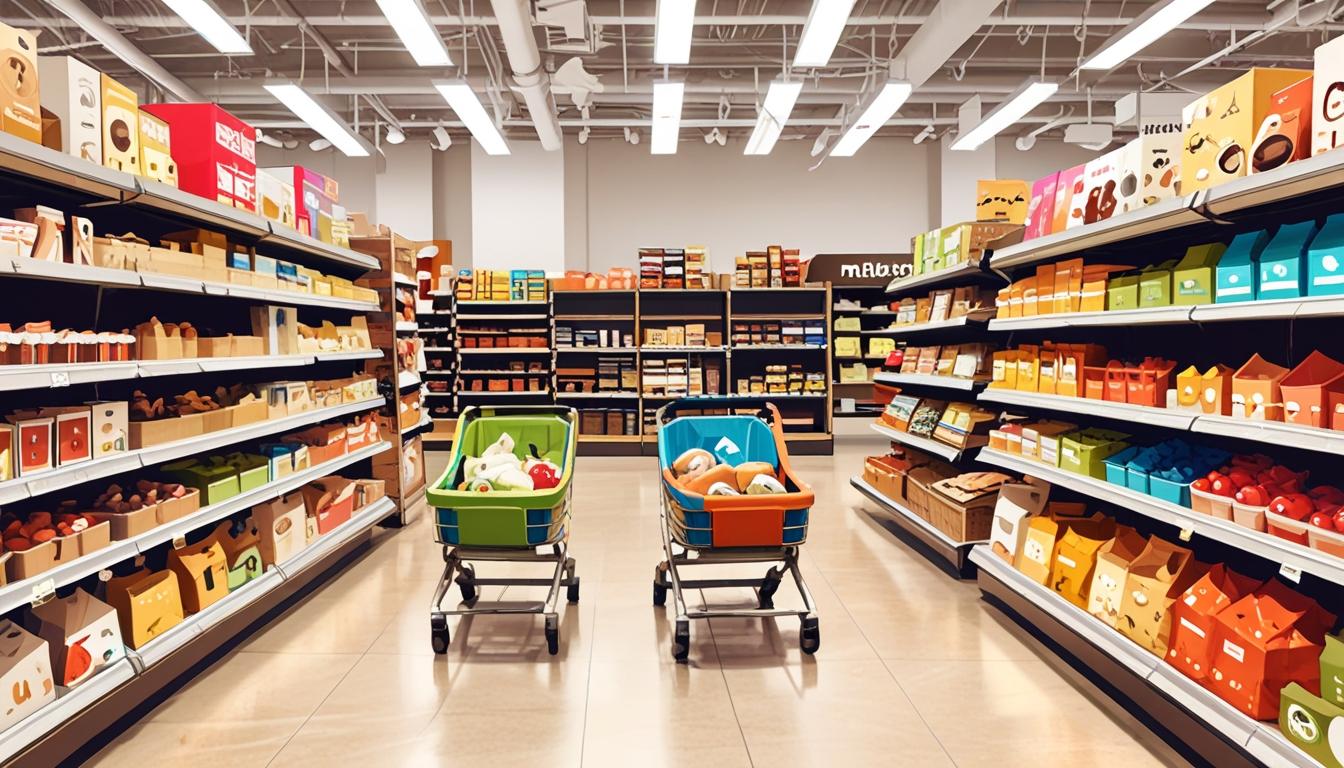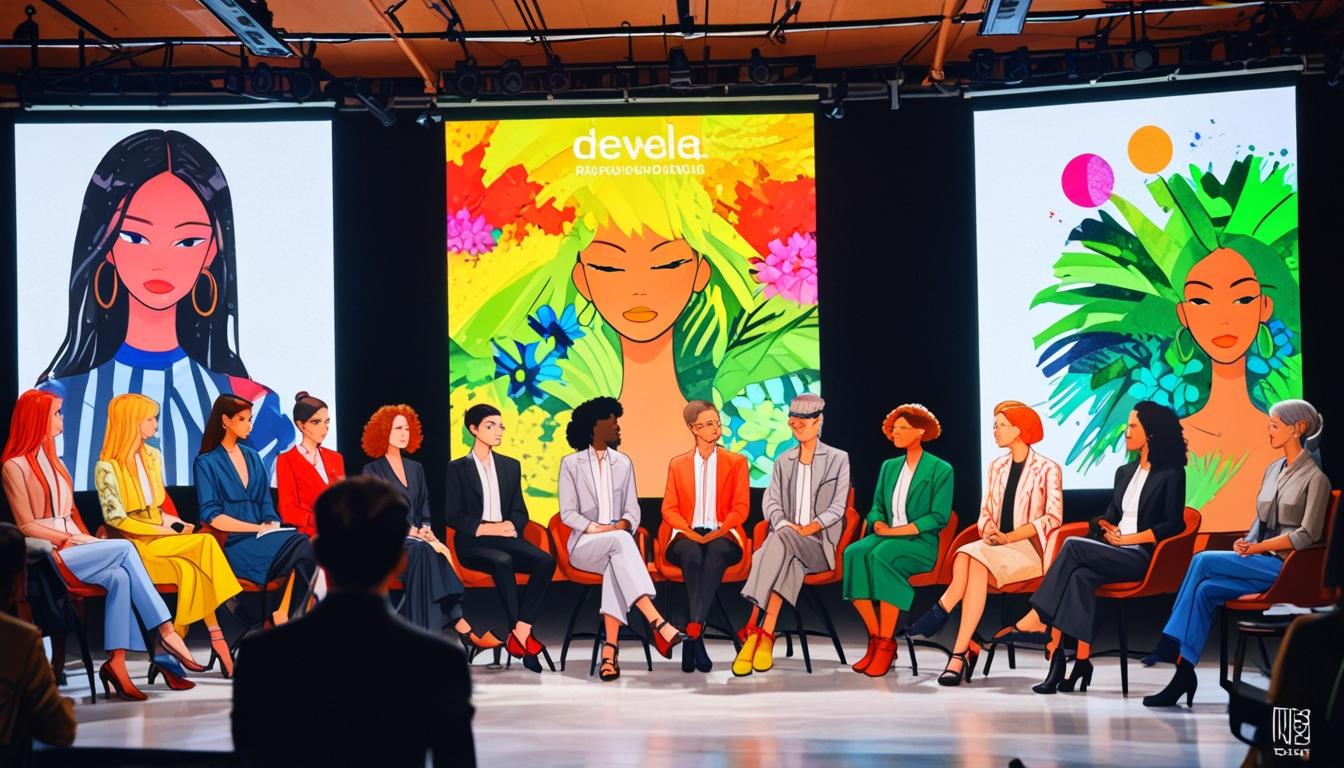Target is enhancing its baby product offerings with the introduction of premium brands like Lalo and Joie, aiming to meet the needs of modern parents and fill gaps left by shuttered retailers.
Target is set to refresh its baby aisles with the introduction of new premium brands, including Lalo and Joie, as part of its strategy for future growth in this category. Starting this month, Lalo, known for its popular high chair and other innovative products, will be available in over 750 Target locations and online. The brand, which began as a direct-to-consumer business six years ago, has transitioned into an omnichannel approach, marking this partnership with Target as a significant step forward.
“Target was ready for the Lalo brand, and they approached us to join,” co-founder Michael Wieder stated. “It wasn’t on our Bingo card for 2025, but it was an opportunity we couldn’t pass up. We had a retailer that understood our vision, and their vision for where the industry was going matched.”
Target’s initiative encompasses adding more than 2,000 new items to its baby product range, aiming to enhance the shopping experience for parents. Amanda Nusz, Target’s senior vice president for merchandising, stated in a press release that the enhanced selection, which includes essentials like diapers and trending products such as baby skin care, is designed to support families throughout the parenting journey.
Target estimates that approximately one-fourth of its customers are engaged with the baby category, suggesting that this expansion could drive increased spending. The move aligns with a wider strategy announced earlier this month, wherein Target plans to reimagine various core categories, including home and toys, to capitalize on potential growth opportunities.
This expansion comes at a time when there is a noticeable gap in baby product offerings at mass retail stores, exacerbated by the closures of retailers such as Buy Buy Baby and Babies R Us in recent years. Jen Saxton, founder and CEO of Totsquad, indicated that Target is poised to fill the void left by these former retailers, which were known for their extensive physical shopping experience. She noted, “What Target has that Amazon doesn’t have is the in-store experience. Having that in-store experience in a curated way is key.”
Target’s strategy aims to cater especially to millennial and Gen-Z parents who are often considered intentional shoppers. According to a report from Morning Consult published in April 2024, 33% of parents with children under the age of two belong to the Gen-Z demographic. Though less inclined to shop at major retail giants like Amazon and Walmart, Gen-Z parents express a preference for the in-store experience, favoring the opportunity to physically assess baby gear before making purchases. Saxton remarked, “They want to know what’s the best thing and what’s safest for their baby.”
In terms of market potential, Target has ample room to grow among expectant parents. A survey by What to Expect indicated that only about 42% of expectant parents create registries at Target, compared to 80% at Amazon. This indicates a significant opportunity for Target to capture more of this market segment.
In addition to Lalo, the revamped assortment includes a variety of other brands, such as Amara, which specializes in organic snacks, and Joie, recognized for their stroller systems. Other notable inclusions are aloe-enhanced Bumbum diapers and a breast pump exclusive to Frida Mom. Target is also launching 200 new products from its own lines, enhancing its offerings with items such as a diaper backpack from the nursery brand Cloud Island and new baby food and snack items under its Good & Gather brand.
Lalo’s introduction to Target involved considerable preparation, including lowering prices and redesigning packaging to make it retail-ready. Wieder noted that understanding unit economics and accessible price points were crucial to entering the retail space. The logistics of retailing also required Lalo to adjust its fulfillment strategies to meet Target’s distribution needs while still catering to its direct sales.
As Lalo expands its presence and aims to grow its customer base, CEO Greg Davidson emphasized the importance of building a partnership with Target that extends beyond merely placing products on shelves. “When you bring a fresh perspective — and not just saying, ‘I want to get my stuff on your shelves,’… that goes a long way with building out that relationship,” Davidson said.
In summary, Target’s strategic overhaul of its baby aisle reflects its plans for growth by enhancing product offerings and re-establishing a physical retail presence in an evolving market. The addition of brands like Lalo aims to meet the evolving needs of modern parents and solidify Target’s standing in the competitive baby product landscape.
Source: Noah Wire Services





Excellent write-up. I absolutely appreciate this website. Thanks!